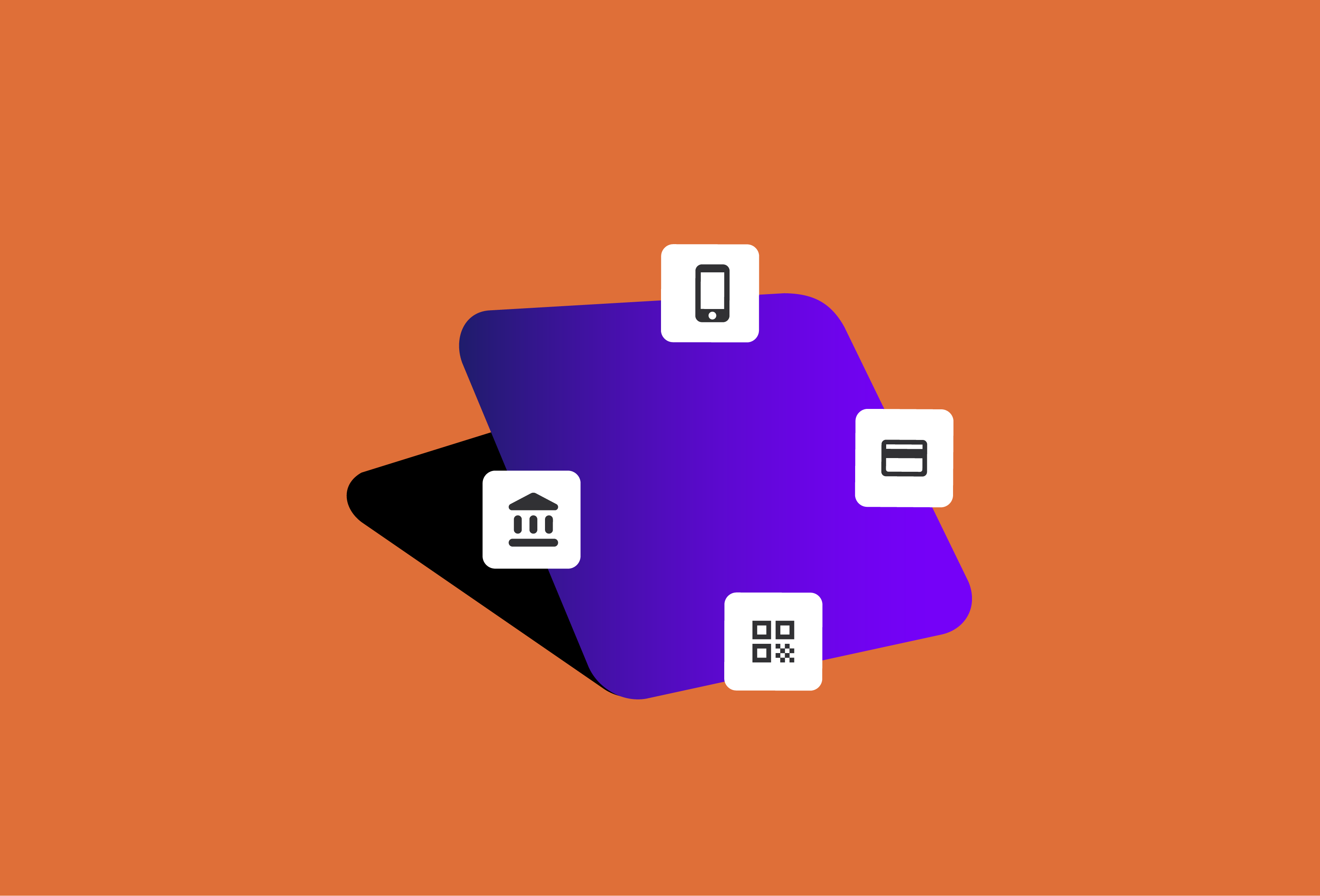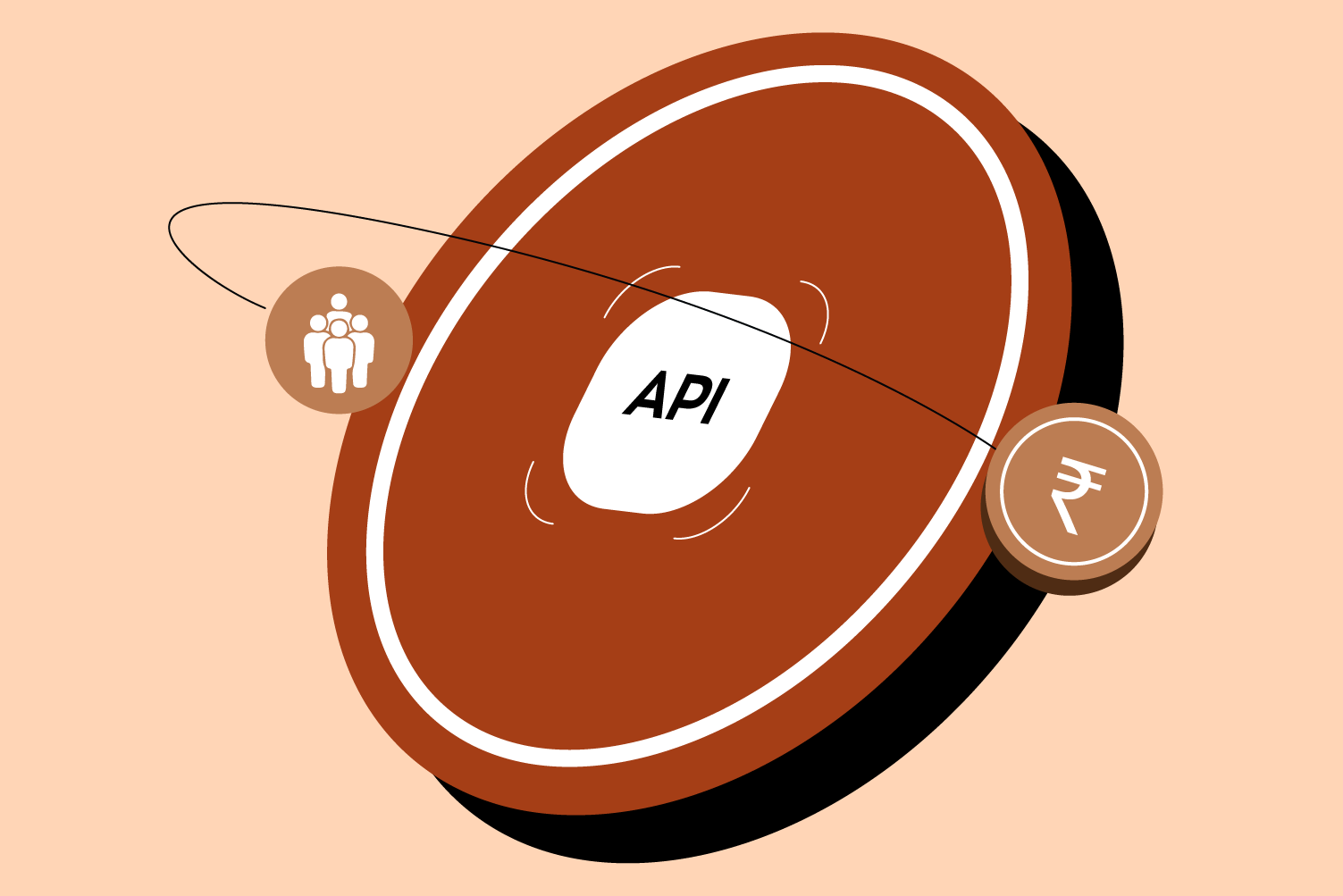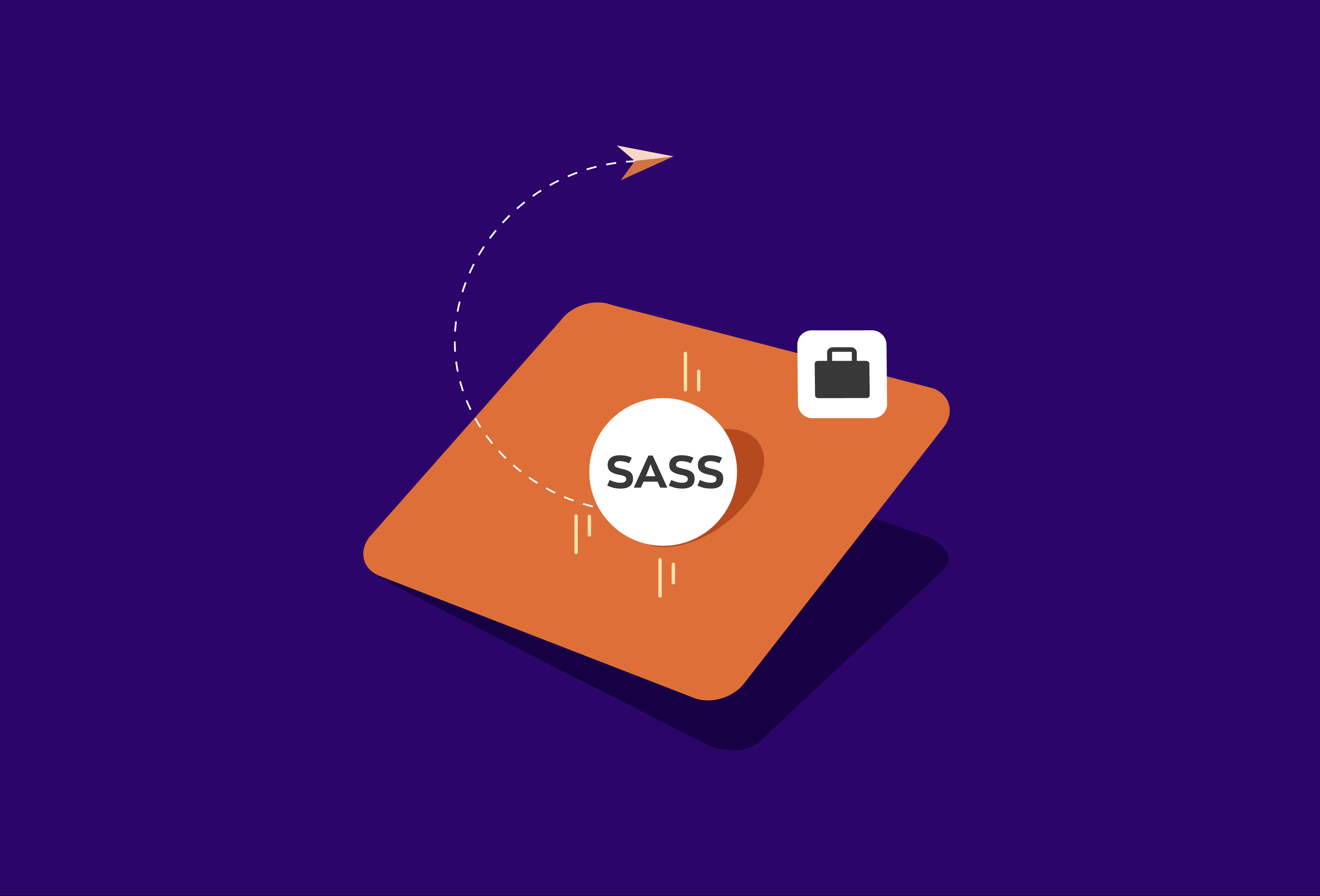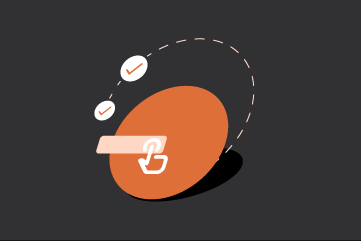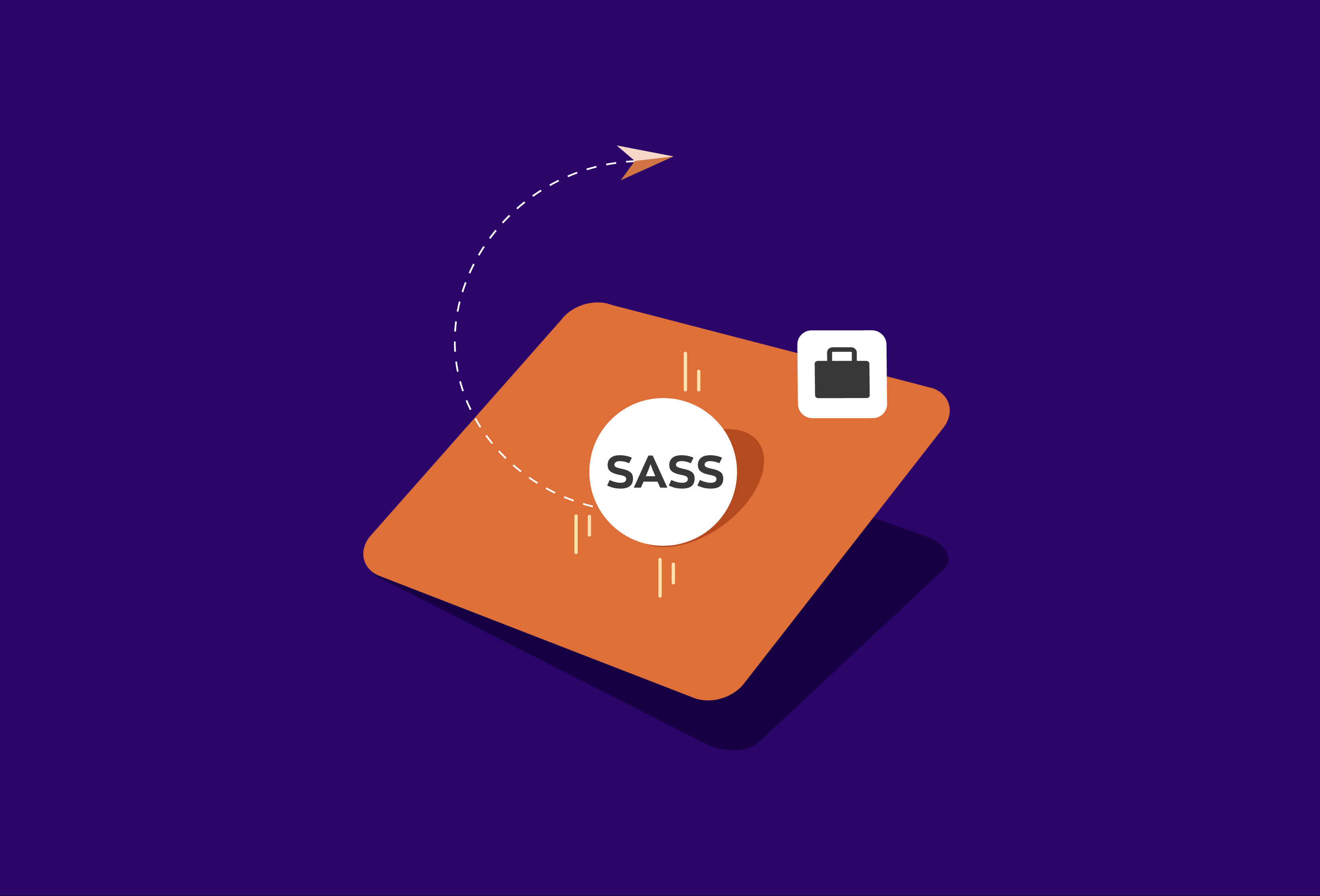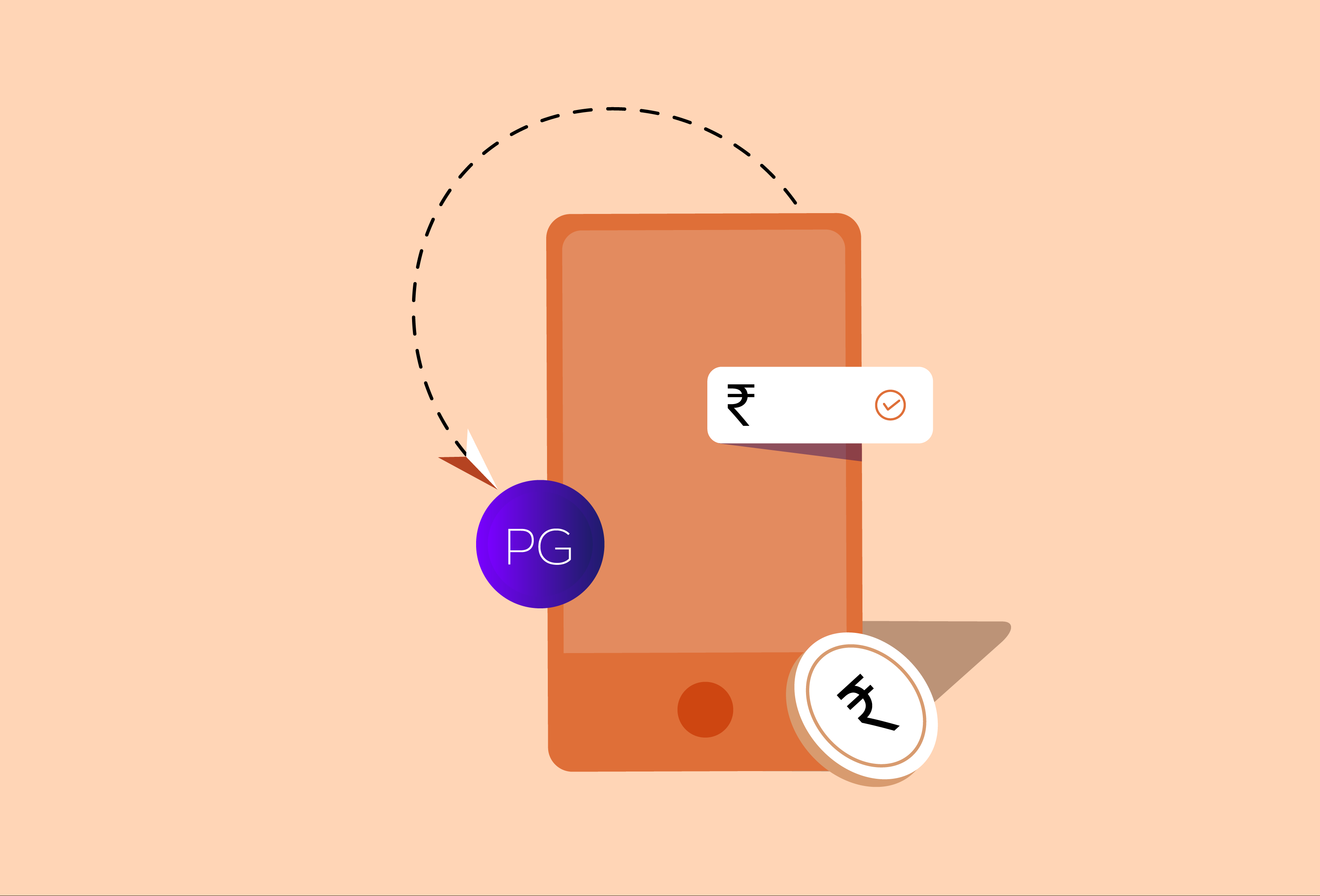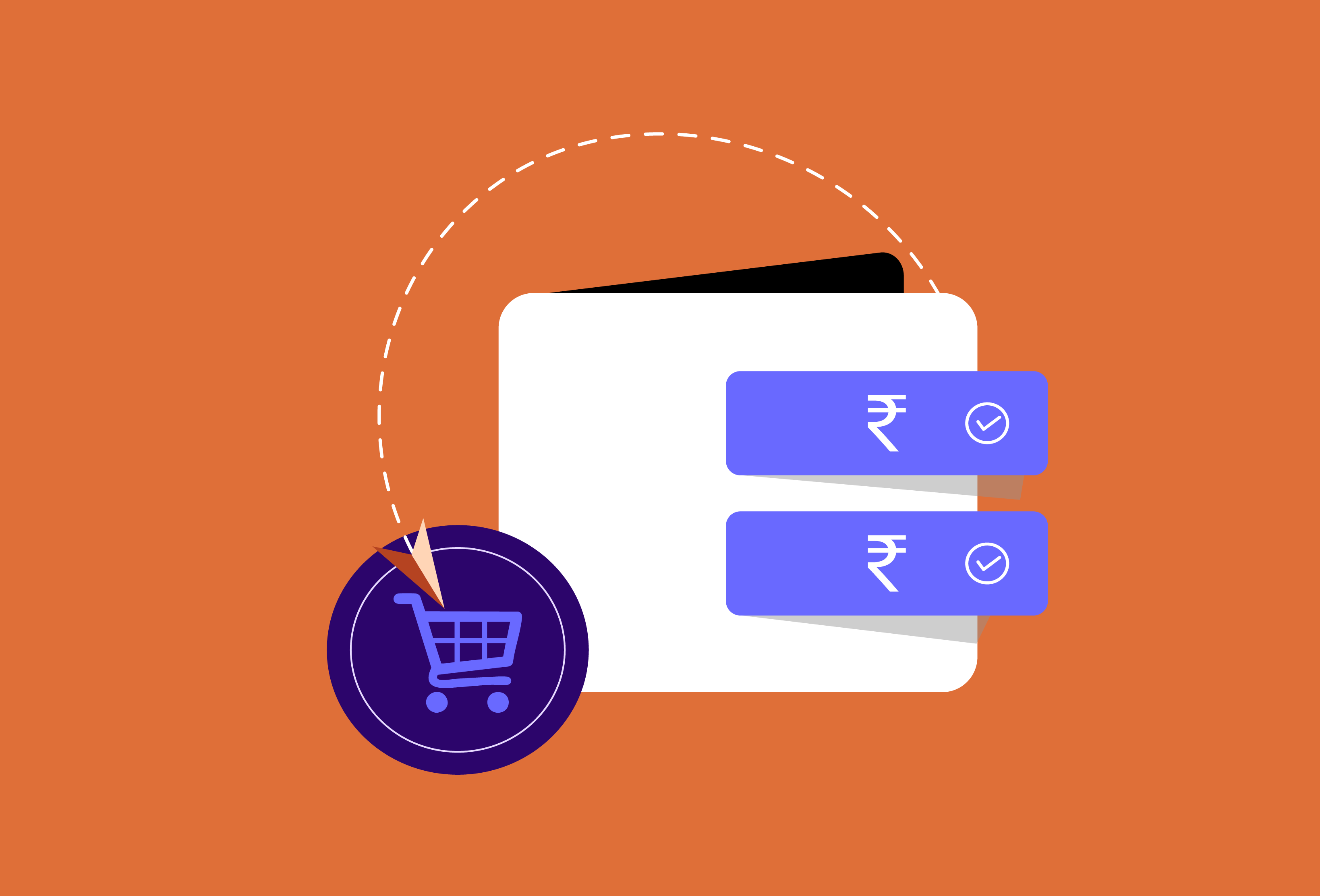As more businesses move online, digital payments have become a core part of how they operate. Whether it’s an online store, a food delivery app, or a subscription service, offering multiple payment options is no longer optional; it’s expected. Behind this convenience is a system that allows businesses to accept payments quickly and securely, without building everything from scratch. That’s where payment aggregators come in.
In this blog, we’ll look at what a payment aggregator is, explore the types of payment aggregators, understand how payment aggregators work, and break down the benefits of using payment aggregators for growing businesses.
What is a Payment Aggregator?
A payment aggregator, also known as a merchant aggregator, is a service provider that enables businesses to accept online payments without having to set up a direct merchant account with each payment provider or bank.
Think of it as a middle layer between your business and the different payment channels your customers use, such as credit or debit cards, UPI, mobile wallets, or net banking. Instead of going through the lengthy process of tying up with multiple banks or card networks individually, businesses can use a payment aggregator to manage everything through a single platform.
The Reserve Bank of India (RBI) defines payment aggregators as entities that enable e-commerce platforms and merchants to accept payments through multiple instruments, such as cards, UPI, and wallets, without requiring separate integrations with each provider. To ensure security and transparency, RBI mandates that only licensed payment aggregators (PAs) are permitted to operate in India.
How Payment Aggregators Work
To understand how payment aggregators work, let’s look at what happens when a customer makes a purchase online:
- The customer chooses a product or service and proceeds to checkout.
- They select a preferred payment method—this could be a card, UPI, wallet, or net banking.
- The payment aggregator collects and processes the payment on behalf of the business. It ensures the transaction is authorised, secure, and compliant.
- Once the transaction is approved, the aggregator temporarily holds the funds in a pooled account.
- After a predefined settlement period, typically one to two working days, the funds are transferred to the merchant’s account after deducting a small service fee.
This process is seamless for the end user and efficient for businesses. Payment aggregators handle the heavy lifting—from tech integration to fraud monitoring and reconciliation.
Payment Aggregators vs Payment Gateways
While both terms are often used interchangeably, they serve different purposes.
| Feature | Payment Aggregator | Payment Gateway |
| Role | Manages payment collection and settlement | Facilitates technical processing of payments |
| Funds handling | Yes | No |
| Merchant account | Not required individually | Usually required |
In simple terms, the gateway is like a tunnel, while the aggregator is the service that uses that tunnel to deliver the payment and settle it to the merchant’s account.
Types of Payment Aggregators
There are mainly two types of payment aggregators, each catering to varied business needs and scales.
- Bank Payment Aggregators – Operated by banks, these follow a more conventional model and are often adopted by established businesses. While they provide reliable services, the onboarding process can be more formal, and setup costs tend to be higher, making them less practical for smaller or newer businesses.
- Third-Party Payment Aggregators – Run by non-bank entities, these have grown in popularity for their flexibility and merchant-friendly approach. They usually offer simpler integration, competitive pricing, and a variety of payment options, which makes them attractive to small and mid-sized businesses looking for quick, seamless payment acceptance.
Benefits of Using Payment Aggregators
For a business, especially a small or mid-sized one, the benefits of using payment aggregators are substantial:
1. Quick and Easy Onboarding
Getting started with a traditional payment setup can take weeks. Payment aggregators reduce this to just a few days by streamlining the KYC and compliance process.
2. One Integration, Multiple Payment Methods
Aggregators support a wide range of payment options, including cards, UPI, wallets, and more, all through a single API.
3. Cost Efficient
They operate on a pay-as-you-go model, with charges based on transactions. This eliminates the need for upfront setup fees or long-term contracts.
4. Faster Settlements
Some aggregators offer instant or same-day settlements, which can help businesses manage cash flow more efficiently.
5. Built-in Security and Fraud Detection
Aggregators invest heavily in payment security, offering PCI-DSS compliance, two-factor authentication, and fraud monitoring systems.
6. Analytics and Reconciliation Tools
Most aggregators provide a dashboard that helps track transactions, analyse sales data, and manage disputes easily.
Final Thoughts
Understanding how payment aggregators work helps businesses make informed choices about online payments. They simplify integration, ensure compliance, and provide fast, secure settlements.
If you’re looking for something more flexible, platforms like Zwitch also make it easier to embed financial services into your business with minimal effort.
When selecting a payment partner—whether a standard aggregator or a broader embedded finance solution—consider factors such as fees, settlement timelines, support, and regulatory licensing. As digital commerce continues to evolve, choosing the right platform can significantly enhance efficiency and customer experience.


